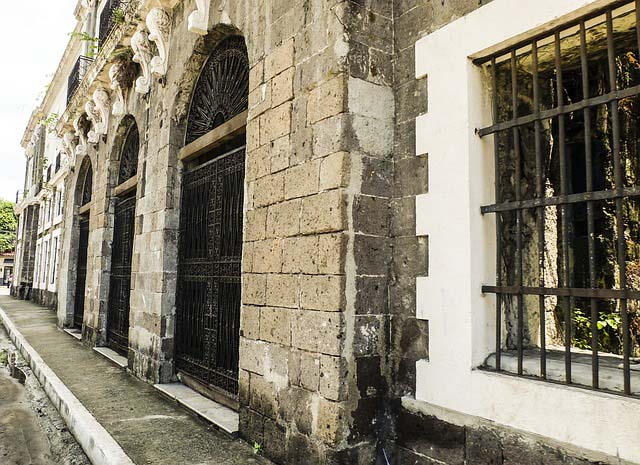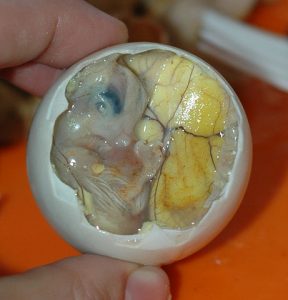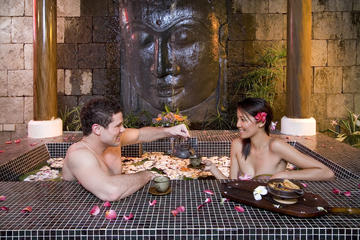
Riding the Waves
by Chris Baroro
I couldn’t help but sense a rush of eagerness and excitement as I stood on the beautiful sandy sands of Siargao, a paradise recognized as the surfing capital of the Philippines. The sun’s warm rays embraced my skin, while the gentle breeze whispered promises of exhilarating adventures on the waves that awaited me. This was the moment I had been waiting for – my surfing adventure in Siargao.
The province of Surigao del Norte’s little island of Siargao is a tropical paradise known for its gorgeous beaches, turquoise oceans, and, of course, its world-class surf breaks. It’s a place where nature’s beauty collides with the thrill of riding mighty waves, creating an experience like no other.
Surfing at Cloud Nine
Equipped with my trusty surfboard and a heart full of determination, I made my way toward Cloud 9, the island’s most famous surf spot. Even just the term conjured up a sense of intrigue and appeal as if it were the key to discovering the ocean’s hidden mysteries. The journey to Cloud 9 was like stepping into a dream – palm trees swayed in rhythm with the ocean’s melody, and the scent of salt and adventure permeated the air.
As I arrived at Cloud 9, my eyes widened in awe. Nothing less than amazing could adequately describe what I saw. Towering waves crashed against the wooden pier, creating a symphony of power and beauty. Surfers from all corners of the globe dotted the lineup, waiting eagerly for their chance to dance with the waves. The search for the ideal ride and a mutual love of the water brought together this dynamic and varied community.

With my heart pounding in anticipation, I paddled out, feeling the water embrace me as I entered the vast playground of the sea. I was in awe of the ocean’s unbridled strength as the sound of waves smashing became louder and masked all other sounds. Each wave that approached held its own story, and it was up to me to become part of it.
My body experienced an adrenaline rush as I rode my first wave. Time seemed to stand still as I glided effortlessly along the face of the wave, the cool water rushing beneath me. The world around me blurred, and for those few precious moments, it was just me, the board, and the wave. I felt a deep connection with the elements, an indescribable harmony that can only be found when riding the waves.
Days turned into weeks as I immersed myself in the vibrant surf culture of Siargao. I explored other surf breaks such as Stimpy’s and Jacking Horse, each offering its own unique character and challenges. I made friends with other surfers who delighted in the excitement of being a member of a close-knit group united by a common interest. We swapped stories of our own exploits and tips and techniques.

Beyond the exhilaration of surfing, Siargao offered so much more. I discovered hidden lagoons where time stood still, lush mangrove forests begging to be explored, and stunning coral reefs teeming with marine life. The island’s warm hospitality and rich local culture added an extra layer of magic to my experience, reminding me that there’s more to a destination than just the waves.
I couldn’t help but think back on the life-changing trip I had started as my time in Siargao was coming to a close. Mastering the art of riding the waves imparted wisdom beyond mere surfboard balance; it revealed to me the invaluable lessons of perseverance, composure, and the exquisite harmony found in embracing the ocean’s cadence. It taught me that sometimes the most spectacular events were waiting for us to step outside of our comfort zones.
I have lots of moments to share and I’m happy that I had taken a lot of videos and photos during my trip. I can’t wait for it to be edited and make a video clip using a video editor and compress it on an mp4 compressor to make sure the quality of my video clip is great. I am excited to upload my photos, compress them with a GIF compressor and share it on social media platforms and share my experiences with people who have similar interests. I also love teaching anyone who is interested in surfing new skills and sharing my expertise and experience. I firmly think that learning should never cease, particularly when it comes to something as fascinating as surfing.
Siargao had stolen a piece of my heart like my last travel in Europe and I cannot wait to be back here, and I knew I would forever carry the spirit of the island within me. A daily reminder of the power of adventure and the limitless possibilities that await us when we dare to follow our passions, the memories of those beautiful days spent chasing waves and immersing myself in nature would remain carved in my spirit.
So, if you ever find yourself yearning for an unforgettable surfing adventure, let Siargao be your compass. Let the waves be your guide and the island’s enchantment be your muse. A great connection to nature and a profound respect for the beauty that surrounds us may be found while you ride the waves, in addition to the excitement of conquering the ocean. Siargao is waiting for you, prepared to go on a trip that will make a lasting impression on your heart and spirit.
Browse Siargao Tours Now Available
About the author:
Cris Baroro is currently working in VEED.io as a Search Engine Optimisation Specialist. He is a tech enthusiast who loves traveling and capturing photos and videos. He loves technology and can do video editing, programming, QA system testing, and writing.







